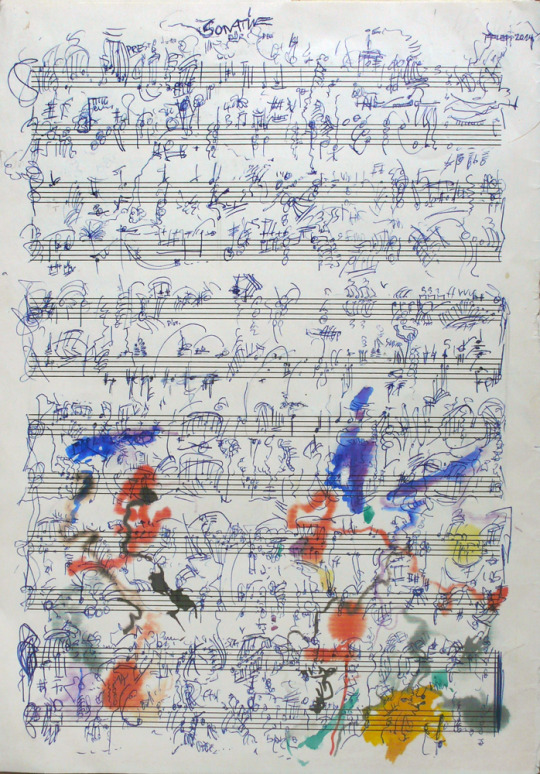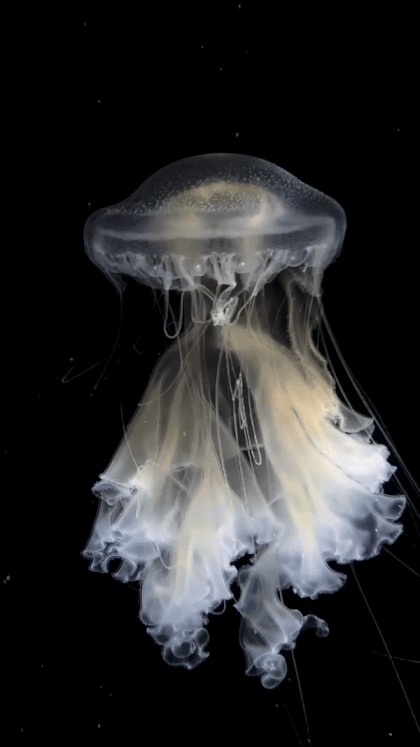Don't wanna be here? Send us removal request.
Text
"in the future, boys and girls will be next to impossible to tell apart. even in bed."
-- david byrne
24K notes
·
View notes
Text







Twin Peaks: Fire Walk with Me (David Lynch, 1992)
1K notes
·
View notes
Photo

Musik (Auswahl)[Woche 30-37] - andyamholst / frank lepold
5K notes
·
View notes
Text
Challengers not even nominated for Best score, editing or screenplay



16 notes
·
View notes
Text

madonna photographed by mario testino, 1998
622 notes
·
View notes
Text
The gelatin in film stock was made from the hide, bones, cartilage, ligaments, and connective tissue of calves (considered the very best), sheep (less desirable), and other animals who passed through the slaughterhouse. Six kilograms of bone went into a single kilogram of gelatin. Eventually, the demands of photographic industries generated so much need for animal byproducts that slaughterhouses became integrated into the photographic production chain. Controlling the supply chain became key to Kodak's success. In 1882, as Kodak began to grow as a company, widespread complaints of fogged and darkened plates stopped production. The crisis almost ruined Kodak financially and resulted in the company tightly monitoring the animal by-products used in gelatin. Decades later, a Kodak emulsion scientist discovered that cattle who consumed mustard seed metabolized a sulfuric substance, enhancing the light sensitivity of silver halides and enabling better film speeds. The poor-quality gelatin in 1882 was due to the lack of mustard seeds in the cows' diet. The head of research at Kodak, Dr. C. E. Kenneth Mees, concluded, "If cows didn't like mustard there wouldn't be any movies at all." By controlling the diet of cows who were used to make gelatin, Kodak ensured the quality of its film stock. As literary scholar Nicole Shukin reflects, there is a "transfer of life from animal body to technological media." The image comes alive through animal death, carried along by the work of ranchers, meatpackers, and Kodak production workers.
—Siobhan Angus, Camera Geologica: An Elemental History of Photography
15K notes
·
View notes
Text
still processing david lynch's passing, it's like a pit in my stomach, and makes me emotional in a way almost inexplicable. I think of david lynch not only as an artist but as a navigator through life itself, and the abyss it can be sometimes. I think people get caught up in his weird eccentricities, and the darkness of his work a lot but the earnestness and humanity which permeates his work is what tickles me most and what links him to the classic hollywood directors (i.e. capra) which I'm aware he was so fond of. what tears me up most about losing such an artist is losing someone who doesn't deny sincerity in an age where people now have this bullshit ironic remove from feeling; a person like that is so precious.
25 notes
·
View notes












